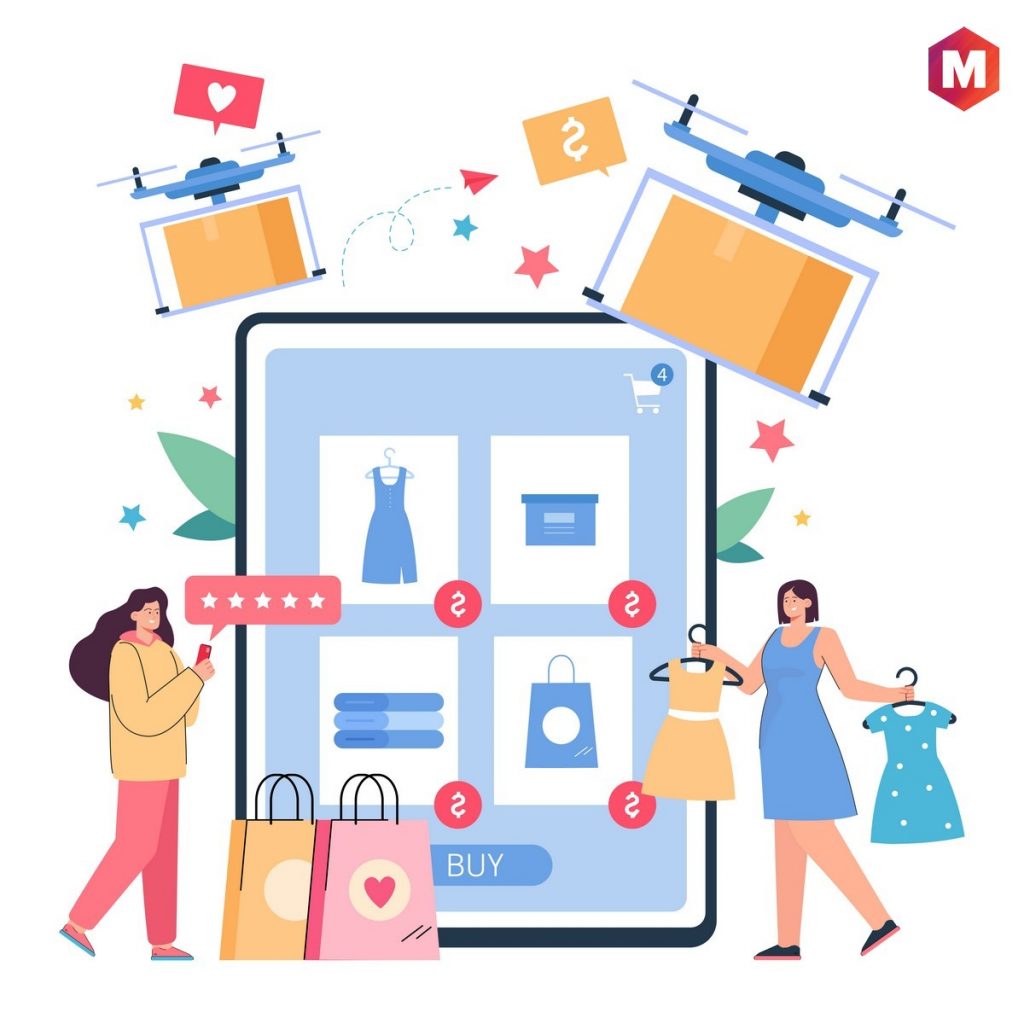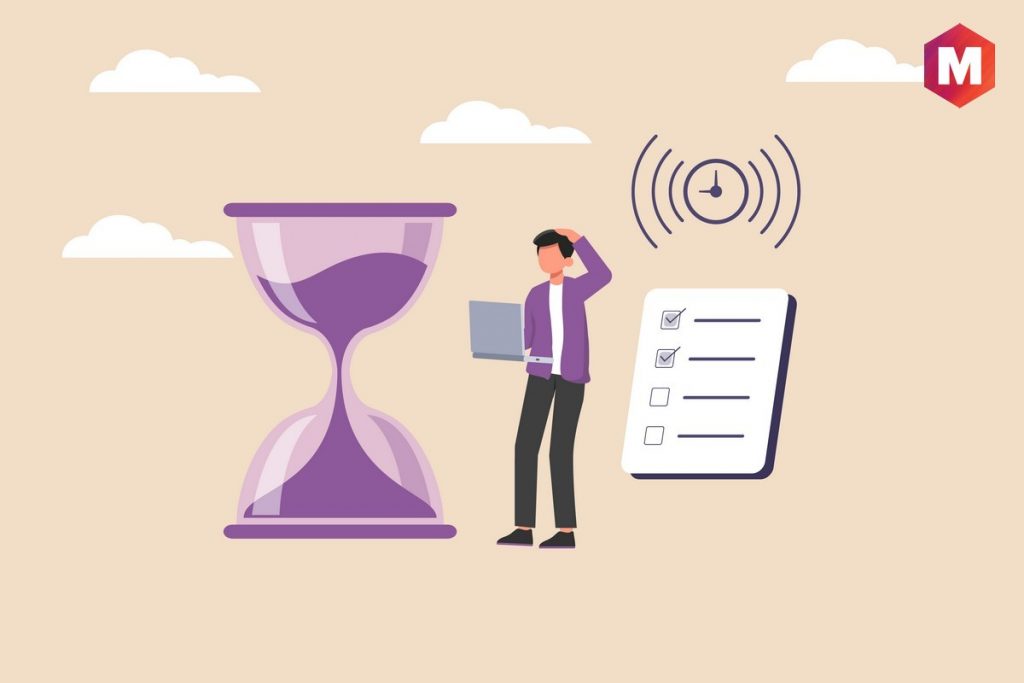Table of Contents
What is Upselling?
Upselling is the practice of convincing a customer to purchase a more expensive version of a product than they originally intended. This can be done by showing the customer the benefits of the more expensive product, or by bundle pricing. Upselling is a common technique used in retail sales, but can also be employed in other industries such as the food and beverage industry.
Upselling can be a difficult technique to master, but when done correctly, it can be a very effective way to boost sales and profits. Upselling is not to be confused with selling, which is the act of convincing a customer to purchase a product. There are several benefits to upselling such as an increase in sales, improved customer satisfaction, and repeat business.
Definition
Upselling is defined as a sales technique whereby a seller encourages a buyer to purchase more expensive items, upgrades, or additional products to increase the total sale value. The goal of upselling is to convince the customer that the additional cost is worth the value being offered.
Upselling is usually done by offering premium versions of products that the customer may find useful. For example, a mobile phone company may upsell by offering a more expensive phone with more features.
Description
The key to successful upselling is understanding the needs of your customer and offering them solutions that fit those needs while also providing additional value. Effective upselling techniques not only optimize customer relationships but also increases customer lifetime value.
Sales teams use a variety of sales techniques to increase sales and customer happiness. One customer happiness tactic is to offer an upgraded or premium version of a product for more money.
This can be especially effective if the customer data shows that the online store is doing well. Niche markets are also a good target for a sales team. By targeting specific groups of people, they can increase their chances of making a sale.
Why Is Successful Upselling Important?
Upselling can have a significant impact on your business. By selling a more expensive product, you can increase your profits. Some of the reasons behind the importance of upselling
1. Upselling strengthens the connection between customers and retailers
When customers make a purchase, they expect to be Upsold. Upselling is how retailers show that they care about their customers and want to give them the best possible experience. Upselling can also help build customer loyalty and create repeat customers.
2. Your existing customers are easier to sell additional products or services to than acquiring new ones
It is always easier and less expensive to sell to an existing customer than to acquire a new customer. Upselling your current customers can lead to increased sales and profits without having to spend as much money on marketing and advertising to attract new customers.
3. Upselling your customers can lead to a longer customer life cycle
If you can Upsell your customers on higher-priced items, they will likely stay with you longer and become repeat customers. Upselling can also help you build customer loyalty and reduce customer churn.
4. Happy customers are returning customers
Upselling can help you create happy customers who are more likely to return and do business with you again in the future. Upselling can also help improve your overall customer satisfaction rates.
Steps Involved in Upselling
There are four steps involved in Upselling
Step 1: Identify Your Upsell Opportunities
The first step in Upselling is to identify your Upsell opportunities. To do this, you need to understand your customer’s needs and pain points. This can be done by conducting customer surveys, interviews, or focus groups. Once you understand your customer’s needs, you can identify which products or services can be Upsold.
Step 2: Train Your Employees to build Customer Trust & Loyalty
The second step is to train your employees to Upsell customers. Employees need to be able to build trust and rapport with customers. They should also be able to explain the benefits of the Upsell product or service in a way that is convincing but not pushy.
Step 3: Implement an Upselling Process
The third step is to implement an Upselling process. This process should be designed to Upsell customers without being too aggressive or pushy. The Upselling process should be structured so that it is easy for employees to follow and understand.
Step 4: Making the Right Recommendations
Once you’ve identified your Upsell opportunities and put together a process, it’s time to start making recommendations. But not all Upsells are created equal. Some will be more successful than others. To increase your chances of success, here are a few things to keep in mind when making Upsell recommendations-
- Make sure the Upsell is relevant to the customer’s needs
- Make sure the Upsell is a good value for the customer
- Make sure the Upsell is something that the customer is likely to be interested in
- Be prepared to answer any questions the customer may have about the Upsell
- Be sincere in your recommendation
Step 5: Monitor and Evaluate Your Upselling Results
The fourth and final step is to monitor and evaluate your Upselling results. This can be done by tracking the number of Upsells made, the average order size, and the customer satisfaction rates. You should also track any negative feedback or complaints to make sure that your Upselling process is not causing any problems.
Ways to Identify Upselling Opportunities
- To understand your customers’ needs, be sure to ask open-ended questions and then listen carefully to their responses: Upselling opportunities can be found by listening to your customer’s needs. Be sure to ask open-ended questions and then listen carefully to their responses. By understanding your customer’s needs, you can identify Upsell opportunities.
- Look for products or services that complement your existing offerings: Upsell opportunities can also be found by looking for products or services that complement your existing offerings. For example, if you sell shoes, you could Upsell customers on socks or shoe care products.
- Use data from your customer’s purchase history to make personalized recommendations: Upselling opportunities can also be found by using data from your customer’s purchase history to make personalized recommendations. For example, if a customer has purchased a dress from you in the past, you could Upsell them on a matching scarf or necklace.
- Use customer segmentation to identify Upsell opportunities: Upsell opportunities can also be found by using customer segmentation to identify Upsell opportunities. For example, if you have a customer who is a mother of two, you could Upsell them on products or services that would be of interest to mothers of two.
- Analyze your revenue sources: Upsell opportunities can also be found by analyzing your revenue sources. For example, if most of your revenue comes from Upselling customers on higher-priced items, you could focus your Upselling efforts on those items.
Difference Between Upselling and Cross-Selling
Upselling is when you sell a customer a higher-priced version of the product they are interested in. Cross-selling is when you sell a customer a related product to the one they are interested in.
For example, Upselling would be if a customer is interested in buying a dress and you Upsell them on a more expensive dress. Cross-selling would be if a customer is interested in buying a dress and you sell them a matching scarf.
Upselling is more likely to be successful if the customer is already interested in the product, while cross-selling is more likely to be successful if the customer is not yet interested in the product.
Great Upselling Examples
Upselling is more likely to be successful if the customer is already interested in the product. For example, when a customer is interested in buying a dress, you upsell them a more expensive dress. Some of the other such examples can be-
- Upselling a customer from a small coffee to a large coffee
- Upselling a customer from a standard room to a deluxe room
- Upselling a customer from an economy car to a luxury car
- Upselling a customer from a regular membership to a premium membership
Here is a video by Marketing91 on Upselling.
Upselling Best Practices
There are a few Upselling best practices that, if followed, can help you Upsell more effectively:
Don’t be pushy
It is important to remember that Upselling is not about selling the customer something they don’t want. Upselling is about selling the customer something they do want, but may not have realized they wanted. As such, it is important to Upsell in a way that is not pushy or aggressive.
Don’t try to Upsell everything to everyone
Not every customer is going to be interested in every Upsell opportunity. As such, it is important to target your Upselling efforts toward those customers who are most likely to be interested in the Upsell.
Focus on the customer’s needs
Upselling is more likely to be successful if it is focused on the customer’s needs. You need to Upsell the customer on something that they need, not just something that you want to sell them.
Make sure the Upsell is a good value
Upselling is more likely to be successful if the Upsell is a good value. The Upsell should be something that the customer perceives as being worth more than the price you are charging.
Educate your customers
Upselling is more likely to be successful if the customer is educated about the Upsell. The customer should understand why the Upsell is a good value and how it will benefit them.
Create urgency
Upselling is more likely to be successful if there is a sense of urgency. The customer should feel like they need to Upsell now to get the full benefit.
Follow-up
Upselling is more likely to be successful if you follow up with the customer after the sale. This helps to create a relationship with the customer and build trust. Upselling is a great way to improve customer satisfaction. This helps to create a positive customer experience and builds customer loyalty
Limited-time deals
Upselling is more likely to be successful if you offer the customer a limited-time deal. This creates a sense of urgency and can motivate the customer to Upsell now.
Conclusion!
Upselling is an important marketing technique that can help businesses increase their revenue. It involves selling a premium version of products or services to customers who have already purchased something from the business.
To be successful at upselling, businesses need to identify upselling opportunities and then take advantage of those opportunities by reminding customers of the benefits of upgrading their purchase, or by offering a discounted price. Upselling can be a great way to increase revenue and profitability, so businesses need to learn how to do it effectively.
What do you think is the best way to upsell? Let us know in the comments below!
Liked this post? Check out the complete series on Marketing


